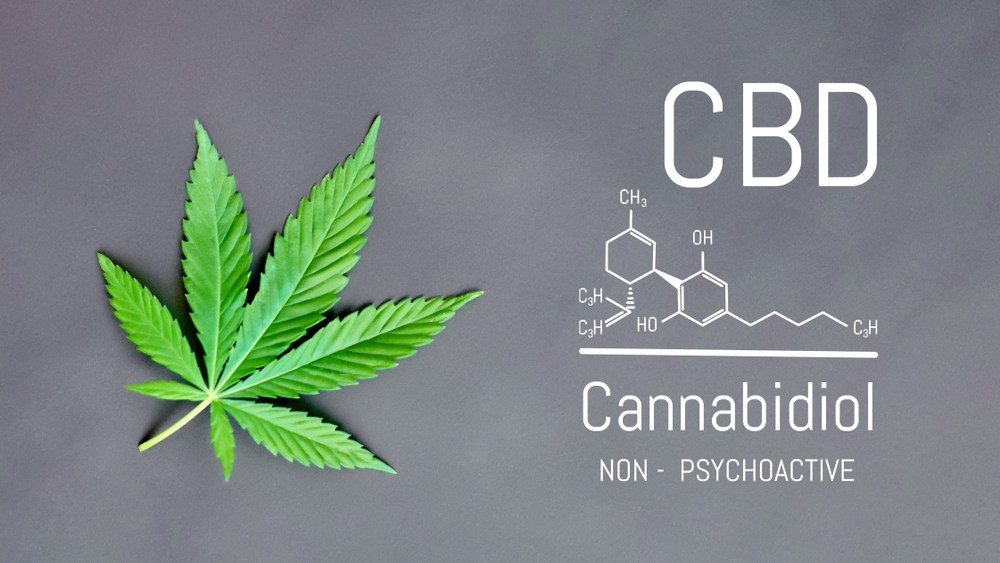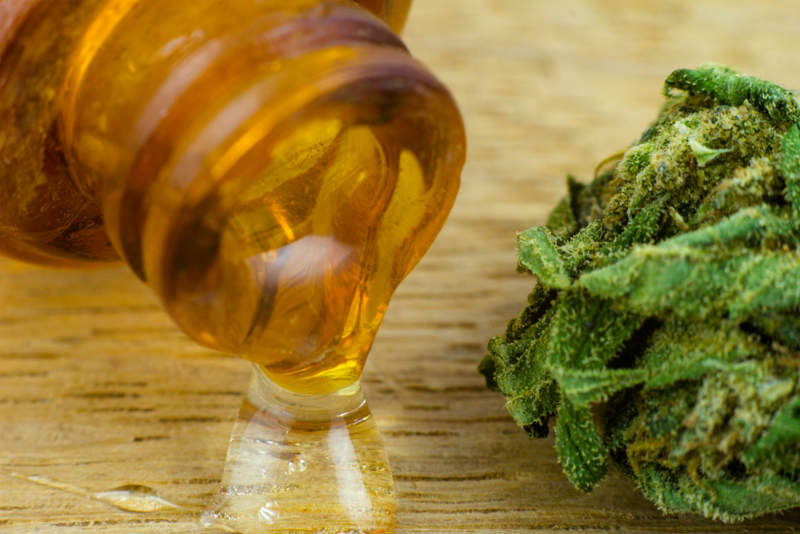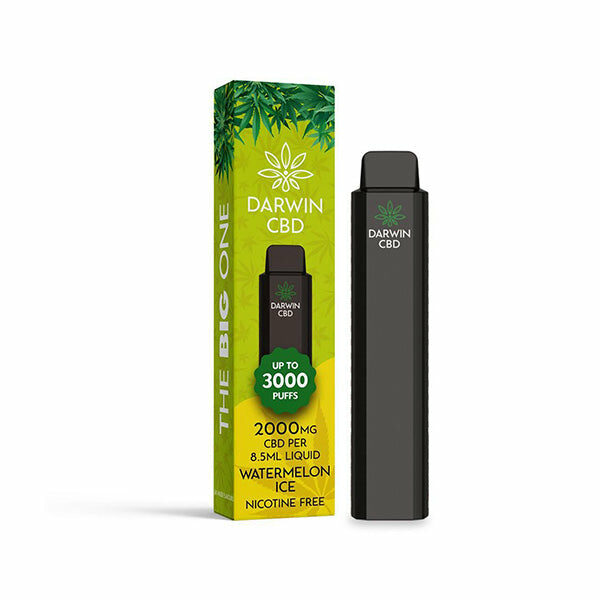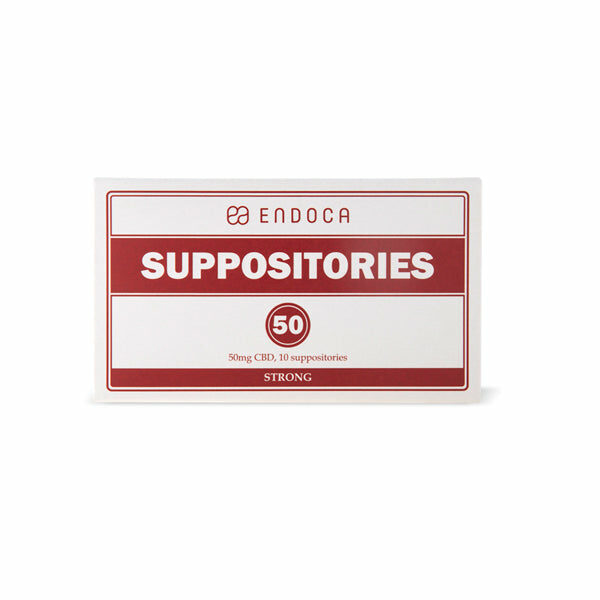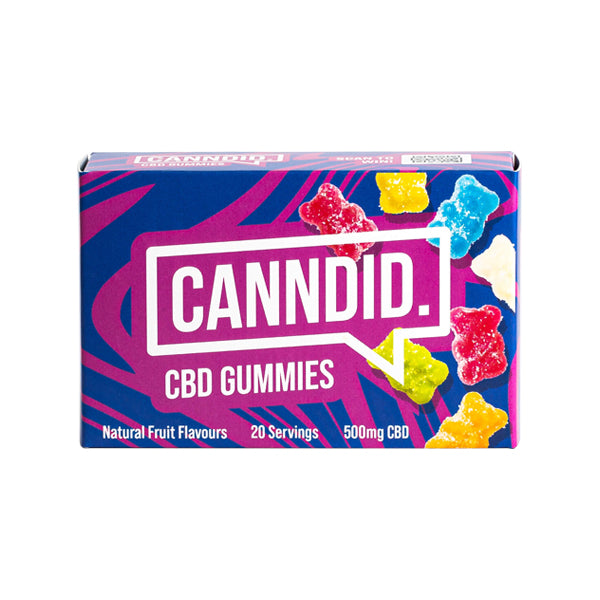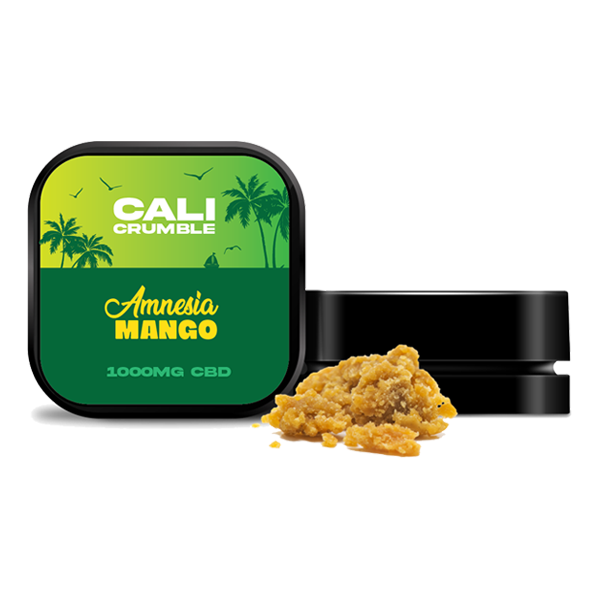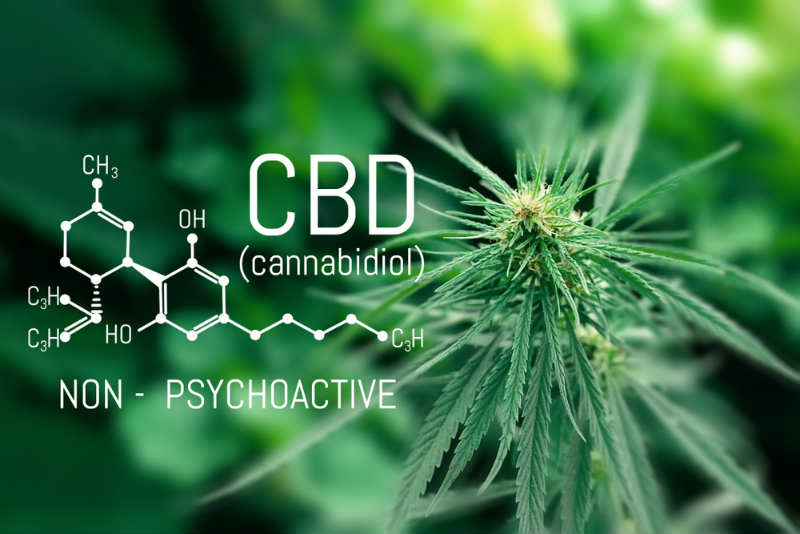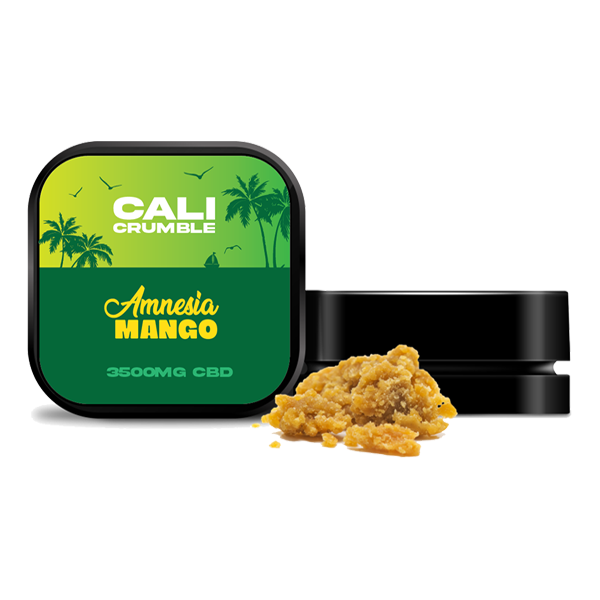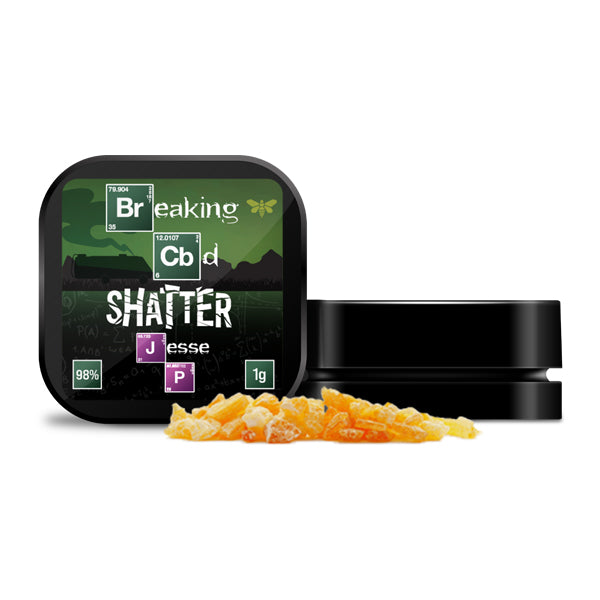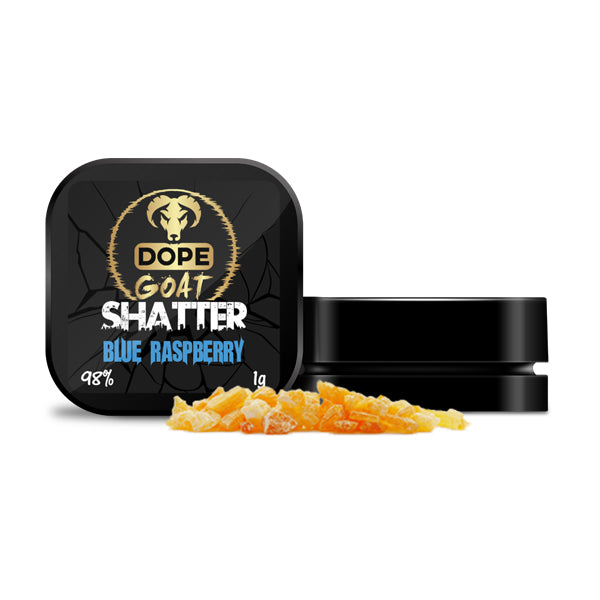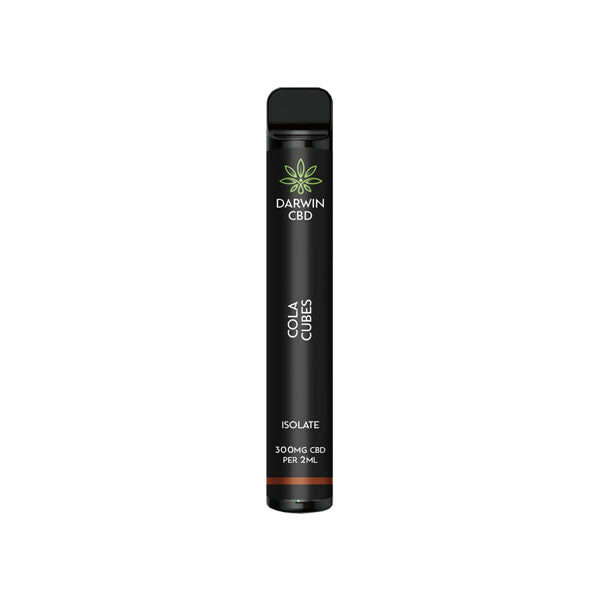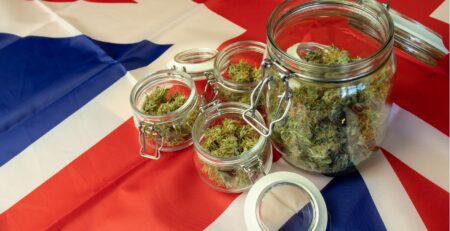Learn About Cannabidiol (CBD Oil)
What Is Cannabidiol?
So what is CBD? CBD or Cannabidiol is produced by the plant Cannabis sativa, or hemp. Along with the other components of cannabis oil, it is produced through photosynthesis – the breakdown of carbon dioxide and water, using only energy from the sun, and their formation into larger molecules that are of use to the plant. CBD is stored with the other cannabinoids mostly in the trichomes – small, brittle hairs on the surface of the plant.
CBD – An Ancient Food Crop
Cannabis sativa has been known to humans for at least 2,500 years, and probably longer. It has been found at archaeological sites throughout Asia and Europe dating back at least this long. The seeds are nutritious and medicinal, and the stems of this useful plant make excellent fibres for essential products like string, fishing nets, ropes, and clothing. Outside of its native range of Central Asia, C. sativa has been found ancient sites as far afield as China, Egypt, and Greece. In the early modern period, hemp was the most common material for ropes and was grown widely, including by prominent figures such as George Washington.
Isolation Of CBD
CBD, one of the most important active ingredient in hemp was not found until the early 20th Century. Two organic chemists isolated CBD from plant materials in the USA in 1940. These were Roger Adams and Alexander Todd. The basic chemical formula or ingredients for the compound was found, but the absolute structure would have to wait another 23 years to be discovered. The absolute structure of a compound is important in predicting the possible interactions it may have with other chemicals, and how it will behave in humans and animals. The absolute chemical structure of CBD was discovered through Nuclear Magnetic Resonance (NMR), a common technique in analysing the chemical make-up of a compound.
Chemistry Of Cannabidiol
Like other organic chemicals – those produced by living things – CBD consists of a collection of carbon, hydrogen and oxygen atoms bonded in a particular way. It is part of a group of similar molecules called the cannabinoids. These all occur in the hemp plant, and some are also found in other plants like Echinacea and some fungi like black truffles. It is uncertain what exact purpose CBD serves in the Cannabis plant, but other cannabinoids have been found to play a possible role in protecting the plant from ultraviolet rays from the sun and in discouraging insect predation. The mechanism for preventing insect grazing seems to be that the resinous oil, including CBD, physically makes it difficult for insects to continue eating the plant without becoming stuck to the resin.
What Forms Does CBD Oil Take?
CBD oil comes in a number of forms. It can be sold diluted in a carrier oil, as a CBD tincture. This will come with a dropper to deliver the mixture to the mouth in small amounts. In the same form, a tincture can be sold as a CBD spray or misting bottle to be sprayed in the mouth. Another form in which CBD is available is as a transdermal patch. These use the same technology as patches used in quitting smoking. A small plastic patch is adhesive on one side and impregnated on that side with a solution of the CBD. The chemical is then absorbed through the skin into the bloodstream. CBD also comes in tablet form, known as CBD capsules, as well as for applying to the skin as a balm, cream, CBD face masks or gel. CBD has recently begun to be added to candies and coffee. CBD is also being added to food and drink products within the United Kingdom as it becomes more popular amongst consumers.
READ MORE: Vaping CBD In The UK – 101
Using CBD Oil
Although awareness of CBD as an active component of Cannabis sativa oil only became widespread in the 20th Century, the whole plant, seeds, and oil have been used medicinally for centuries. A shaman or medicine man was found buried in an ancient cemetery in Turpan, China. He was in his mid-thirties and wrapped in a burial shroud of whole Cannabis plants. Previously to this, Neolithic (late stone age, the beginning of agriculture) grave sites have been found with humans buried with stores of hemp from the Netherlands to Siberia and India.
The Scythians are said to have used it medicinally in the time of Herodotus, a Greek writer from the 400s BC. The ancient Greeks also wrote that they themselves used whole plants medicinally both as a cooked mixture for humans with a wide range of illnesses, and raw on their wounded horses. An ancient method still in use in Northern India and Nepal is the production of Bhang, effectively a hemp milkshake. This was and is still used to treat symptoms from fever to appetite loss, insomnia, headaches, pain, and gastrointestinal issues.
Conclusion
If you decide to begin taking CBD in the UK, talk with your doctor first. When taking any new supplement it’s always good to ask for your doctor’s advice. New supplements can affect medications you may be already taking, consult a doctor before taking new supplements.

